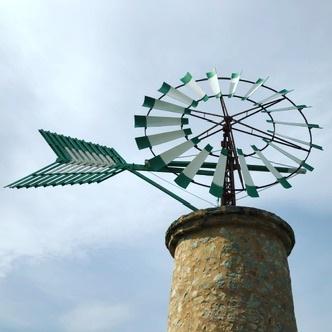How is Catalan taught to children who come from non-Catalan-speaking homes in the Balearic Islands?
Similar Topics
catalan teaching
balearic islands
non-catalan homes
immersive approach
bilingual education
language support
cultural programs
language acquisition
In the Balearic Islands, Catalan is taught to children from non-Catalan-speaking homes through an integrated and immersive approach within the education system. From an early age, schools introduce Catalan as the primary language of instruction, ensuring that students become familiar with it through daily classroom activities. This method helps children develop practical and communicative skills by using Catalan across different subjects, rather than treating it as a detached language course. The exposure to Catalan in a natural learning environment supports easier acquisition and fluency, allowing children to feel comfortable in both academic and social settings.
Schools in the Balearic Islands also provide tailored support for students who come from homes where Catalan is not spoken. Additional language assistance and resources, such as specialized tutoring or language laboratories, are often made available to help bridge any gaps in understanding. Teachers receive training to address the needs of bilingual or multilingual classrooms, promoting a respectful and inclusive atmosphere where all students are encouraged to engage with Catalan at their own pace. The overall goal is to foster bilingualism, as knowledge of both Catalan and Spanish is essential for daily life in the region.
Beyond the classroom, cultural programs and extracurricular activities play a significant role in reinforcing Catalan language skills. Children are often invited to participate in local traditions, festivals, and clubs where Catalan is spoken informally, helping to deepen their connection to the language and culture of the Balearic Islands. This holistic approach not only improves linguistic competence but also nurtures a sense of belonging and identity within the local community. Ultimately, the teaching of Catalan to children from non-Catalan-speaking homes is designed to be both supportive and immersive, ensuring they can thrive academically and socially in this bilingual environment.
Schools in the Balearic Islands also provide tailored support for students who come from homes where Catalan is not spoken. Additional language assistance and resources, such as specialized tutoring or language laboratories, are often made available to help bridge any gaps in understanding. Teachers receive training to address the needs of bilingual or multilingual classrooms, promoting a respectful and inclusive atmosphere where all students are encouraged to engage with Catalan at their own pace. The overall goal is to foster bilingualism, as knowledge of both Catalan and Spanish is essential for daily life in the region.
Beyond the classroom, cultural programs and extracurricular activities play a significant role in reinforcing Catalan language skills. Children are often invited to participate in local traditions, festivals, and clubs where Catalan is spoken informally, helping to deepen their connection to the language and culture of the Balearic Islands. This holistic approach not only improves linguistic competence but also nurtures a sense of belonging and identity within the local community. Ultimately, the teaching of Catalan to children from non-Catalan-speaking homes is designed to be both supportive and immersive, ensuring they can thrive academically and socially in this bilingual environment.
🧩 Related Questions
Related Question
How do Mallorcan sheep cheeses pair with local wines and other typical ingredients?
Related Question
How does the landscape change as travelers approach Cala de Sa Calobra on the serpentine road?
Related Question
How do the chill hours during winter in Mallorca impact the flowering cycle of almond trees?
